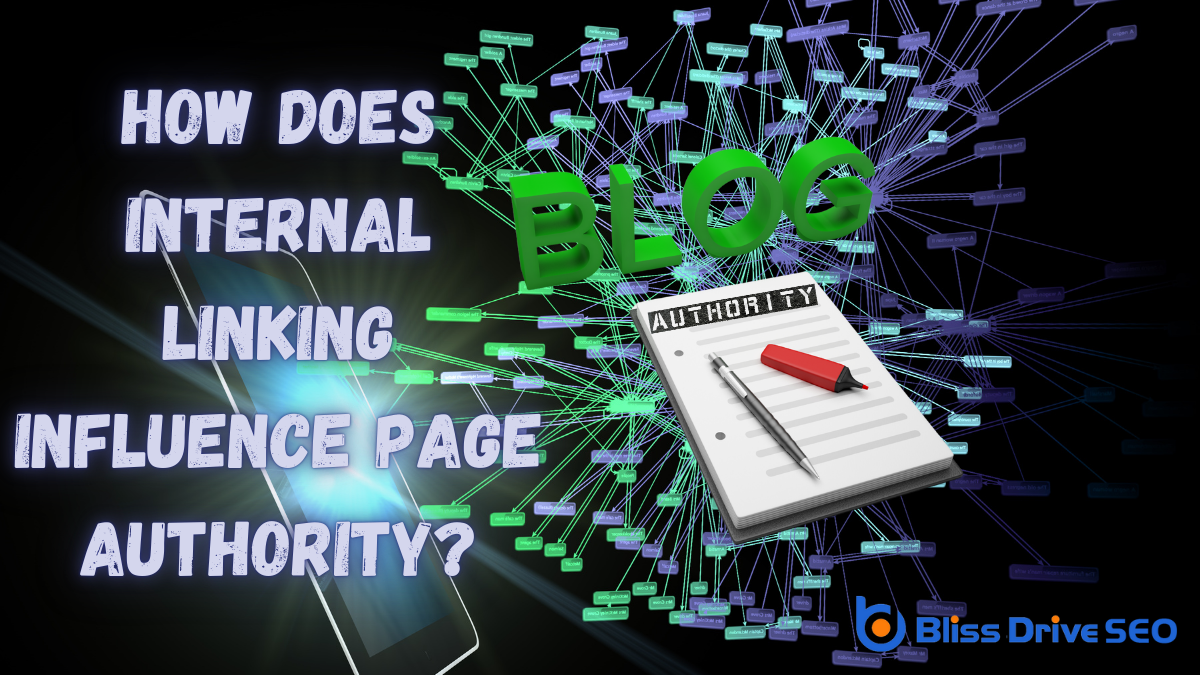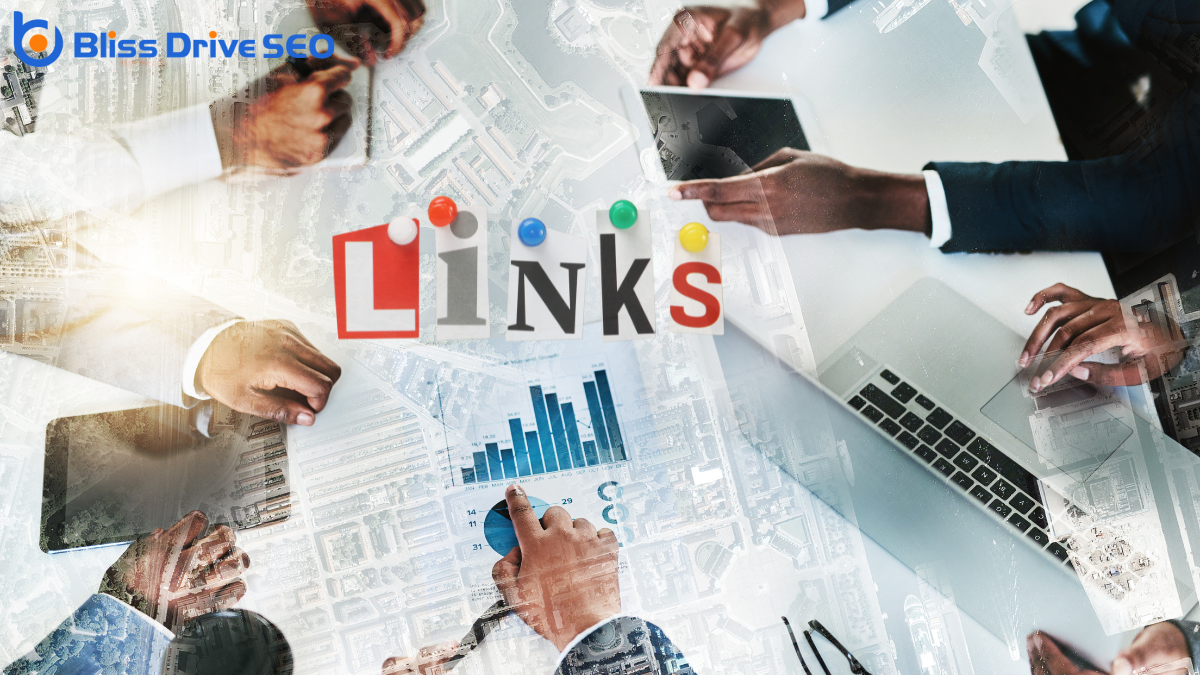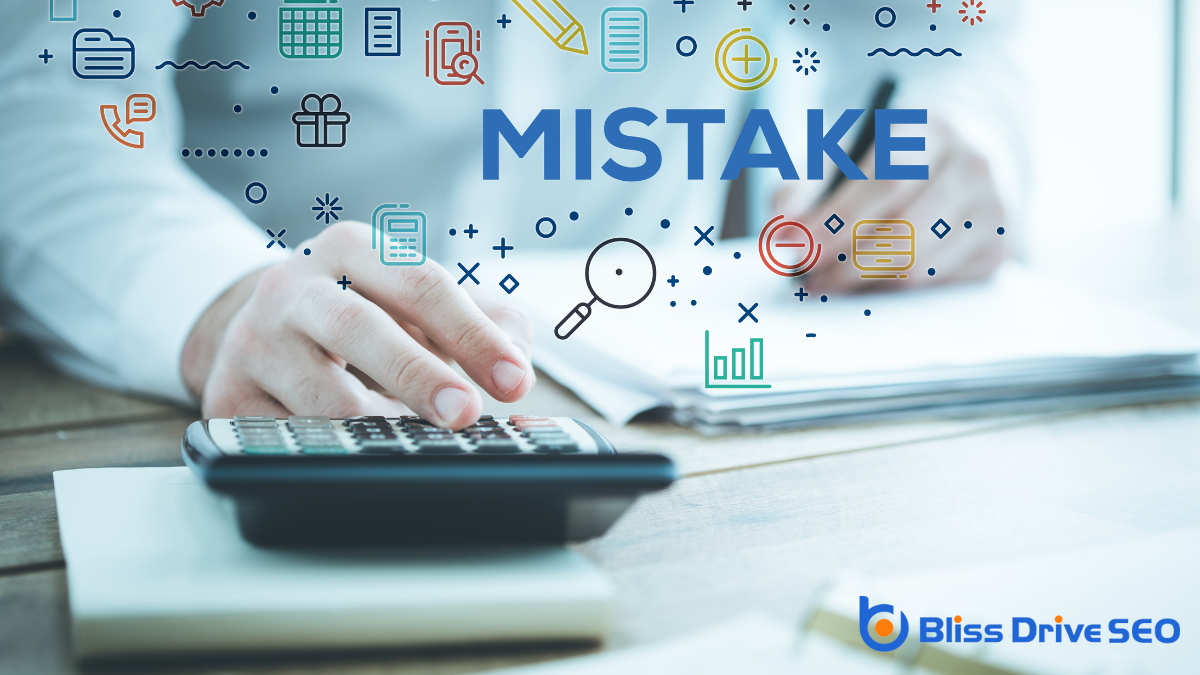Digital Marketing Services
Learn More About Us

Internal linkingLinks that connect different pages on the same website. is more essential than you might think when it comes to influencing page authority. It's not just about scattering links across your site; it's about crafting a strategic web that distributes link equity effectively. By doing so, you create pathways that search engines and users alike can follow, boosting the visibility of key pages. But how exactly does this process work, and what should you consider to maximize its impact?
Although often overlooked, internal linking is an essential aspect of website optimization.
You might wonder why it's so important. Well, internal links connect one page of your website to another, guiding visitors through your content.
They help users navigate, discover related topics, and spend more time on your site, enhancing their experience.

You can't ignore the power of internal links in boosting your page rankingsThe position at which a website appears in the SERP..
They guide search engines through your site, enhancing crawl efficiency and ensuring your content gets the attention it deserves.
When it comes to boosting page rankings, internal links are an essential part of any effective SEO strategy. They guide search engines through your site, helping them understand your content's hierarchy and relevance.
By strategically placing internal links, you signal to search engines which pages hold the most value, improving their visibility.
Here's how internal links boost your rankings:
Internal links play an essential role in enhancing crawl efficiency by directing search engine bots through your website's structure.
Think of them as a roadmap that helps bots explore and index your site's pages more effectively. When you strategically place internal links, you guarantee that important pages aren't overlooked, boosting their chances of appearing in search results.
To maximize this, focus on creating a logical hierarchy and linking related content. Use descriptive anchor textThe clickable text in a hyperlink, important for SEO as it provides context for the linked page. to give bots context about the page's content.
When you strategically use internal linking, you can effectively redistribute link equity across your site.
By organizing your pages hierarchically, you guarantee that authority flows from high-value pages to those needing a boost.
Don't underestimate the power of anchor text, as it guides search engines and users in understanding the content's relevance.
Though often overlooked, link equity redistribution plays a pivotal role in how internal linking can enhance your site's page authority.
When you effectively distribute link equity, you're channeling the value of your high-performing pages to those that need a boost. This process strengthens your site's overall authority and guarantees that even lesser-known pages gain visibility.
Here's what you should consider:
Building on the concept of link equity redistribution, hierarchical page organization plays a significant role in how you distribute link equity through internal linking.
By structuring your site in a clear hierarchy, you can guide visitors and search engines alike. Think of it like a pyramid, with the homepage at the top and more specific pages forming the base.
When you link strategically, more important pages get more link equity, boosting their authority. It's essential to guarantee your main pages aren't buried too deeply in the structure.
Organize content into categories and subcategories, making navigation intuitive. This not only enhances user experience but also helps search engines understand your site's architecture, effectively distributing link equity where it's needed most.
The power of anchor text lies in its ability to shape how link equity is distributed across your site. When you choose the right anchor text, you guide search engines and users to understand the context and relevance of your linked pages. This choice can greatly impact your site's overall authority and visibility.
To make the most of anchor text, consider these points:
While exploring a website, you'll find that a well-structured internal linking system can greatly enhance your user experience. When links guide you smoothly from one relevant page to another, you're less likely to get lost or frustrated. This seamless navigation helps you find the information you need quickly and efficiently, saving you time and effort.
Rather than feeling overwhelmed by endless pages, structured links act like signposts, directing you to the most pertinent content.
Additionally, intuitive navigation increases your engagementThe interactions that users have with a brand’s content on social media. and satisfaction. You'll enjoy a more cohesive journey through the site, making it more likely you'll return in the future.

Mastering internal linking techniques is essential for boosting your site's page authority. By strategically connecting related content, you guide search engines and users through your site more effectively.
Start by using descriptive anchor text that clearly indicates the topic of the linked page. This not only helps readers understand what to expect but also signals relevance to search engines.
Consider these effective techniques:
Implement these strategies to enhance user experience and our site's authority.
As you work on enhancing your site's page authority, identifying and prioritizing high-value pages is essential. Start by pinpointing pages that naturally attract traffic or generate the most engagement. These could include cornerstone content, popular blog posts, or pages with strong conversionThe completion of a desired action by a referred user, such as making a purchase or filling out a fo... rates.
Once identified, prioritize these pages in your internal linking strategy. By directing link juiceThe value passed from one page to another through hyperlinks. to these high-value pages, you can boost their authority and, in turn, elevate your site's overall ranking.
Next, consider the relevance and quality of content. Verify the page offers valuable information that resonates with your audience. This approach not only improves user experience but also helps search engines recognize the importance of these pages.
Understanding the tools and resources available for analyzing internal links can greatly enhance your site's SEO strategy.
With the right tools, you can gain insights into your site's structure, identify linking opportunities, and boost page authority.
Here are some useful resources to evaluate:

While leveraging the right tools can greatly enhance your internal linking strategy, it's important to steer clear of common pitfalls that could undermine your efforts.
First, avoid linking excessively. Too many links can confuse users and dilute the authority of your pages. Focus on quality, not quantity.
Next, make sure your anchor text is descriptive and relevant. Generic phrases like "click here" won't help search engines understand your content's context.
Additionally, don't neglect orphan pages—those without any internal links. They miss out on the authority passed through your site.
Finally, keep your link structure consistent. A chaotic system can make navigation difficult for both users and search engines, ultimately affecting your site's ranking potential.
Stay mindful, and you'll see better results.
To wrap it up, internal linking is essential in boosting your site's page authority and SEO performance. By strategically placing internal links, you're not only distributing link equity but also enhancing user navigation and experience. Focus on prioritizing high-value pages and use available tools to analyze and optimize your internal links. Avoid common pitfalls, and you'll see improved visibility and rankings. Remember, a well-linked site is a well-ranked site. Keep linking smartly!
